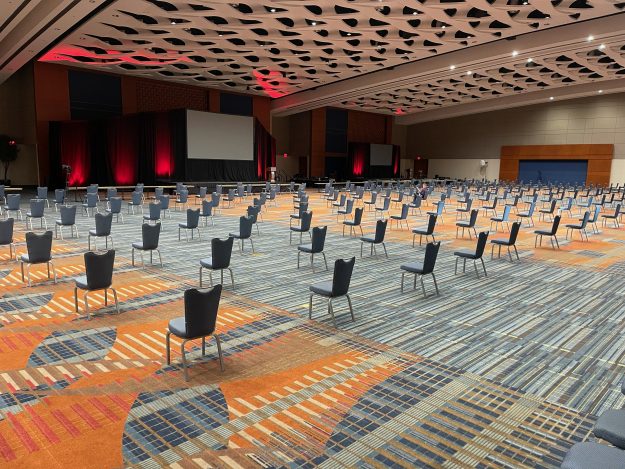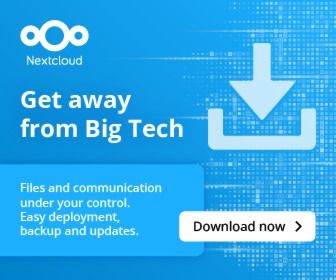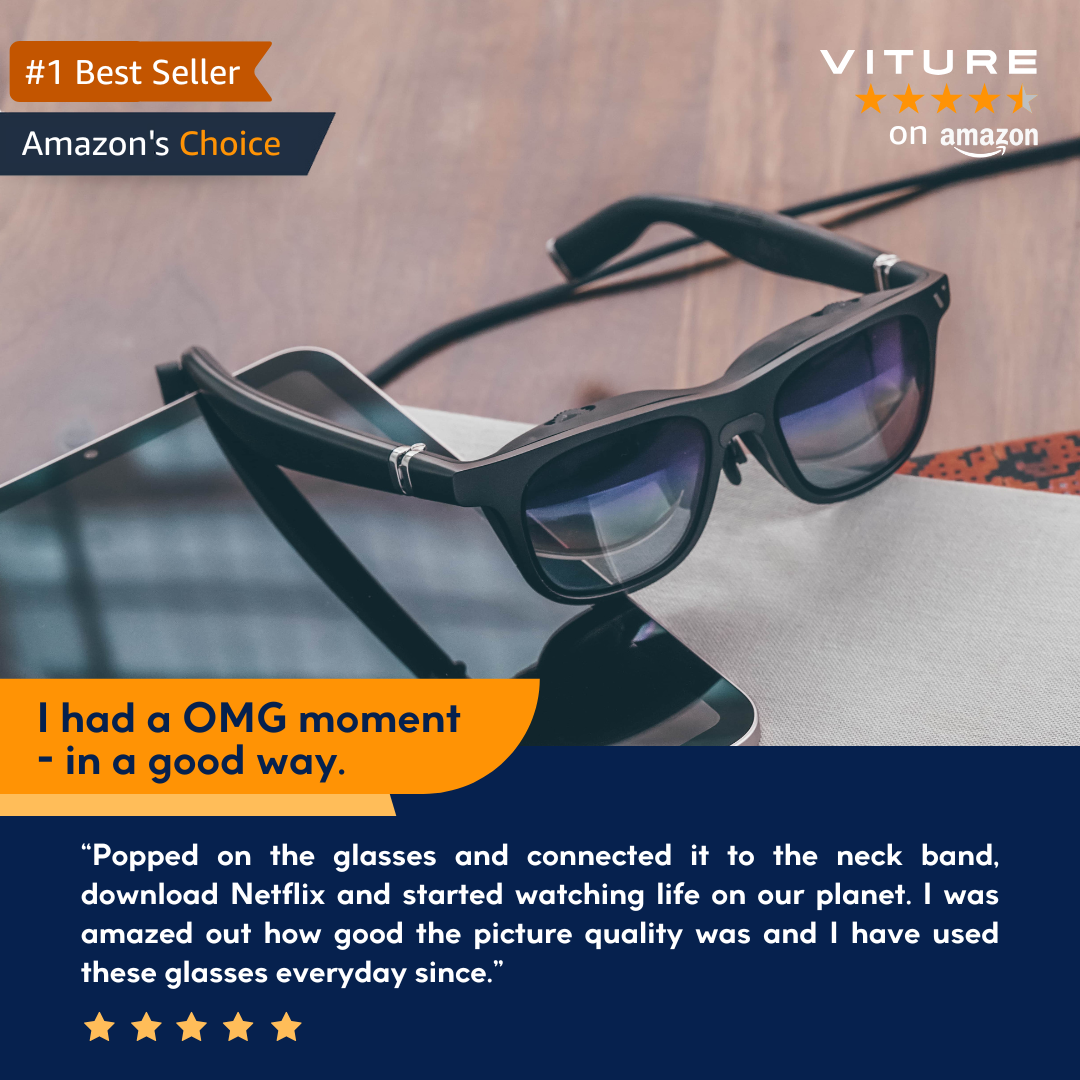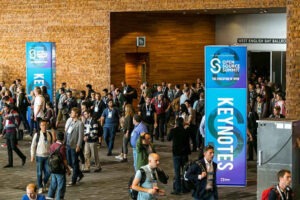As All Things Open gets into it’s third and final day, we again point to some of the scheduled presentations that have caught our eye.

Yesterday — just in case you were looking for something to do — we told you about five talks on Monday’s All Things Open schedule that we were planning on watching online (which we did, and they were even better than expected).
Today, we’re doing the same with ATO’s Tuesday schedule, because hey, that’s just the way we roll. You might have noticed yesterday that we left the keynotes off our list, which we’re also doing today. The way we look at it is that if we have to tell you that you need to watch the keynotes, there’s not much we can do for you.
One thing we forgot to mention yesterday (actually, we didn’t forget — we didn’t tell you because we’re still not quite sure we’ve got our facts straight on this, so keep that in mind), is that it appears that during the conference the presentations pretty much have to be watched live and won’t be available for on demand viewing.
If you missed a presentation you had your heart set on seeing, however, ATO has you covered. Todd Lewis, ATO’s creator and head honcho (who actually even shaved his beard for the event) said during yesterday’s keynotes that all of the recordings will be made available within a week or so on the conference’s YouTube channel, so stay tuned…
Or, as Rachel Maddow says, watch this space. If we hear differently, we’ll let you know.
1:00 PM EST
Presentation: AlmaLinux and the New CentOS Ecosystem.
Presenter: Jack Aboutboul, community manager for AlmaLinux
We’ve been closely watching the situation around AlmaLinux and Rocky Linux since last December’s announcement by Red Hat that it’s killing CentOS as a Red Hat Enterprise Linux replacement at the end of 2021. With enterprises deploying hundreds of thousands, perhaps millions, of instances of CentOS running mission critical production workloads, this is probably one of the most interesting open source stories since the “SCO versus IBM” brouhaha that started in 2003.
From the beginning it looked to us as if AlmaLinux was the one to beat, despite (maybe because of) Rocky’s genetic connection with CentOS, which was started by the same guy who started CentOS way back when. From our current vantage point, that still seems to be the case.
Presentation: Open Source or Open Core? What Needs to Be Evaluated Before Diving In.
Presenter: Anil Inamdar, VP and head of data solutions at Instaclustr
The way we see it is that open core attempts to flip open source on it’s head and turn a software development model into a business model. To papaphrase the old tuna commercial: “Sorry Charlie, it don’t work that way.”
We’re always interested in what people have to say when they utter “open source” and “open core” in the same breath, however. If they think like us, they’ll say something like “open source and open core don’t mix,” but we have run across people who have spent considerable effort trying to justify open core.
Either way’s fine with us, even though the later requires popcorn if you want us to stick around for long.
2:00 PM EST
Presentation: Migrating a Monolith to Cloud-Native and the Stumbling Blocks That you Don’t Know About.
Panel: JJ Asghar, developer advocate with IBM Cloud
We’ve found stories around lifting and shifting legacy monolithic applications to cram them into containers fascinating, ever since we first started hearing them at the dawn of the cloud native era. To us, the process always sounds like such a chore, especially given the whole stateful/stateless thing. One thing seems to be for sure is that companies such as IBM who pioneered the whole process, seem to have a much easier time with it now than they did seven or eight years ago.
Anyway, we’ll enjoy finding out how easy or hard it is in 2021, because we’re always having to write about breaking microservices out of monoliths.
3:00 PM EST
Presentation: Why Your PC Only Has Sixteen Colors
Presenter: Jim Hall, founder and coordinator of the FreeDOS Project
Back when we were running Windows for Workgroups on 386 iron, we wondered about the 16 colors thing, but before we could get anyone to explain that to us, the folks in Redmond upped their game and started offering something like 256 colors, which was much better, but still nowhere near Technicolor standards.
We wondered about the 256 color limit too, but again, before we could find someone who could explain it to us, Microsoft upped it’s game again and was offering “millions of colors,” which was enough to finally make us happy, since it was getting pretty close to infinity from our perspective.
Well, it appears that we’re finally going to get to find out why obsolete technology had the limitations it had. And it’s going to be coming from the guy who’s spent like forever creating and maintaining a free and open source version of an operating system that’s compatible with MS-DOS,
4:00 PM EST
Presentation: Scaling Community Programs with Limited Resources
Presenter: Kaitlyn Barnard developer marketing lead at cloud connectivity company Kong
We got involved in open source back in the days when there wasn’t such a thing as “big” or “well funded” open source projects. Well, there was Linux, but back in those days, even Linux wasn’t as big as its dreams, and it certainly wasn’t well funded until IBM came along and shelled-out a billion bucks to make it so.
So when we read in the abstract for this presentation about “community managers often tasked with doing more with less,” and about about how “it can be difficult to grow and support your community with limited resources,” and about the difficulty of creating “a thriving open source community with limited time and budget,” we realized that she was talking about us and our people. We’re definitely catching this one. ‘Nuff said?





